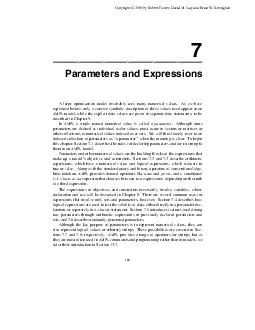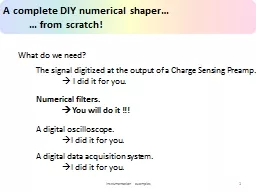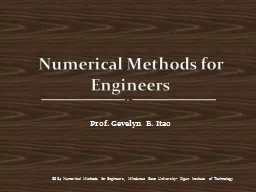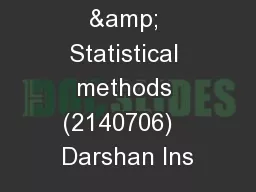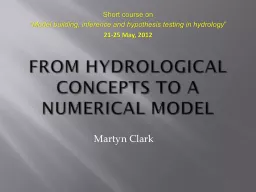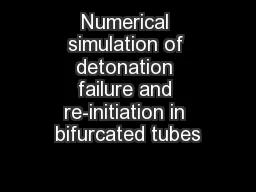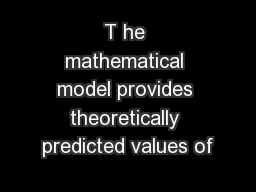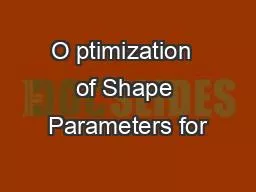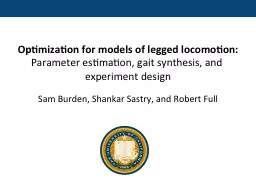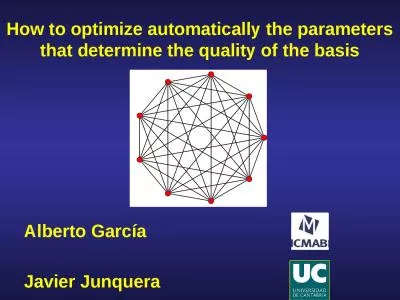PDF-Parameters and Expressions A large optimization model invariably uses many numerical values
Author : alexa-scheidler | Published Date : 2014-12-16
As we have explained before only a concise symbolic description of these values need appear in an AMPL model while the explicit data values are given in separate
Presentation Embed Code
Download Presentation
Download Presentation The PPT/PDF document "Parameters and Expressions A large optim..." is the property of its rightful owner. Permission is granted to download and print the materials on this website for personal, non-commercial use only, and to display it on your personal computer provided you do not modify the materials and that you retain all copyright notices contained in the materials. By downloading content from our website, you accept the terms of this agreement.
Parameters and Expressions A large optimization model invariably uses many numerical values: Transcript
Download Rules Of Document
"Parameters and Expressions A large optimization model invariably uses many numerical values"The content belongs to its owner. You may download and print it for personal use, without modification, and keep all copyright notices. By downloading, you agree to these terms.
Related Documents

